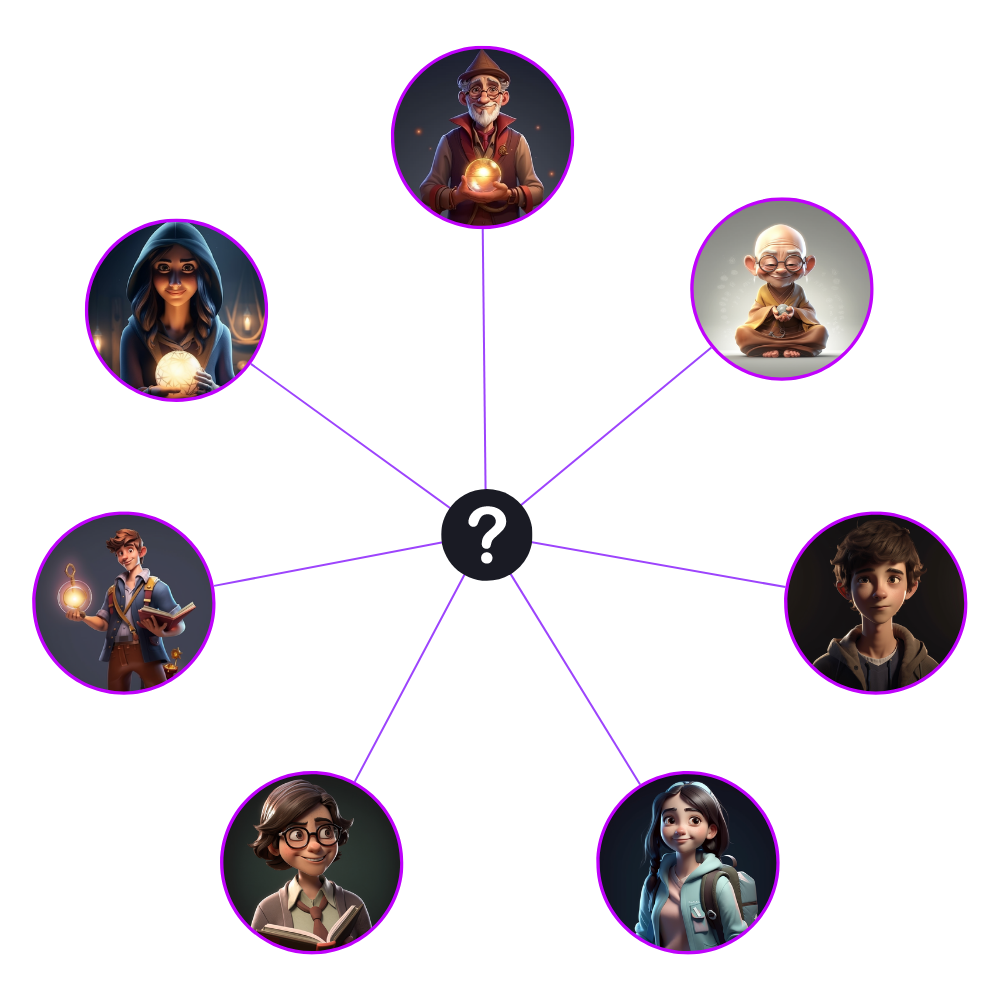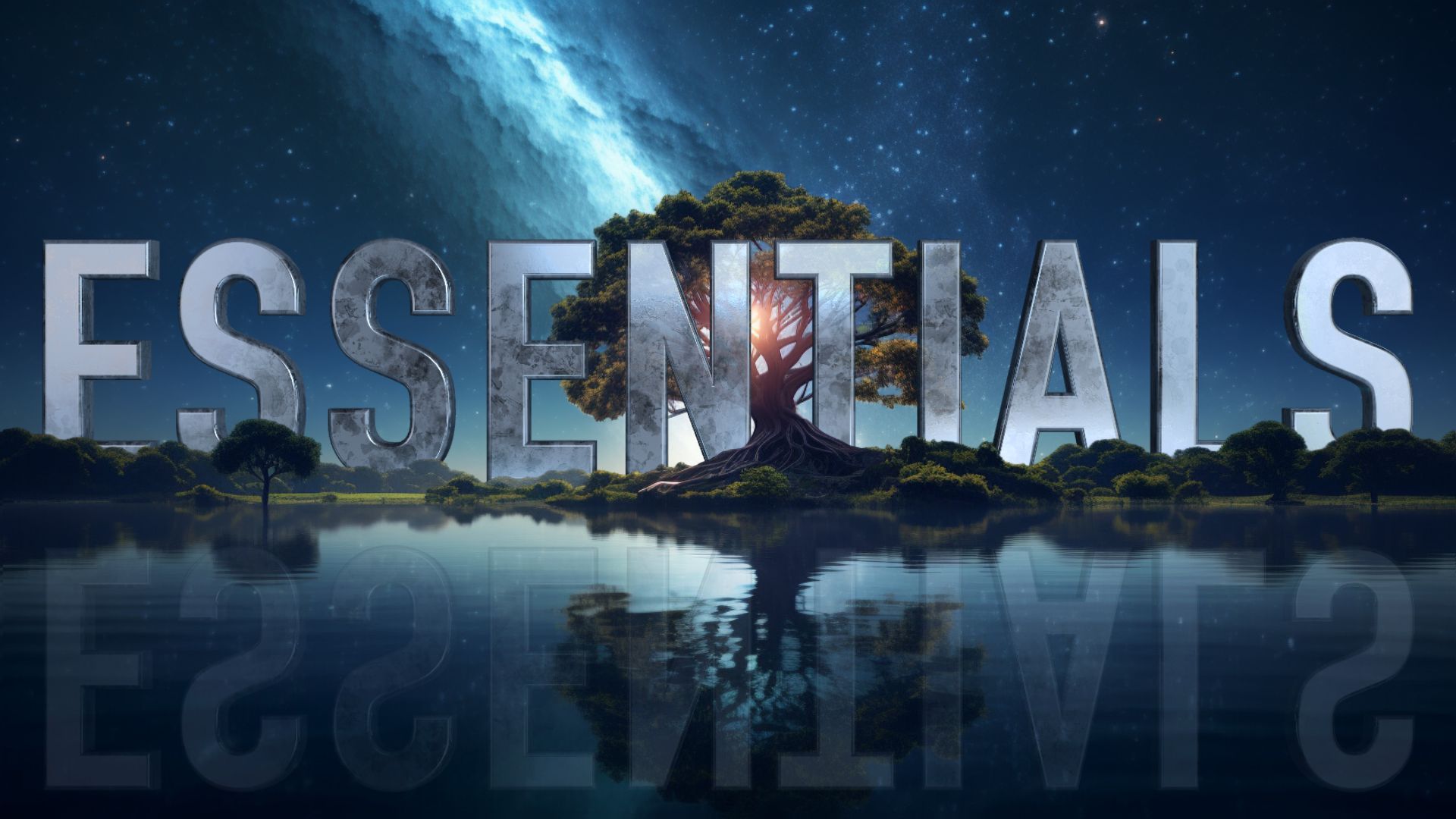Wisdom is described as the quality of having knowledge, experience, understanding, and good judgment.
Our journey through life can be a process that starts with ignorance and slowly moves towards a state of wisdom.
As we gather information, gain experience, and deepen our understanding, we become wiser and can make better choices. Or at least, there is that possibility.
Of course, you can be wise in one area and ignorant in another – or any stage in between.
This article explores how we can move from ignorance to wisdom. We explore the steps and processes involved.
What are some of the benefits ascribed to a state of wisdom?
Ignorance is bliss, or so the saying goes. But based on the benefits below, wisdom seems better. A state of wisdom is characterized by the following:
- Improved decision-making skills because the relationship between causes and effects is understood.
- A greater sense of purpose, a clearer understanding of one's place in the world.
- More meaningful relationships through authentic connections and deep conversations.
- The ability to help people deal with the root causes of their problems, which leads to long-term solutions.
- Having a more fulfilling life experience because the importance of living fully in the present is understood.
- Enhanced emotional well-being, increased feelings of happiness and contentment through years of introspection and self-awareness.
- Less conflict with others because the self-image does not need external validation.
- Reduced levels of stress and anxiety because challenges can be dealt with in a calm, serene way.
- Good communication skills because complex things are presented more simply. The wise person sees how various topics are interconnected.
- Enhanced creativity and productivity because the essentials are separated from the inessentials.
Being wise seems like a pretty good place to be.
Let’s look at a simplified representation of the journey from ignorance to wisdom.
The journey from ignorance to wisdom
The road from ignorance to wisdom can be long, and it is not clear when you arrive.
Paradoxically, the truly wise person will be aware of all that he or she does not understand and so might never acknowledge that a state of wisdom has been attained.
For example, Kano Jigoro, the founder of judo, asked to be buried in his white instead of his black belt. He wanted to be remembered as a learner and not as the judo master he was.
Thus, the true value of wisdom lies in the journey of transformation from one state to the next and not in reaching an arbitrary destination.
The journey of moving from ignorance to wisdom can be visualized as follows:
(Read a more elaborate description of the different steps and processes below the infographic).
Step 1: Ignorance
Everyone enters the world in a state of not-knowing. You lack information, insight, and understanding. You are unaware that you are unaware. You are unconsciously incompetent.
There’s often beauty to the state of ignorance, to the child-like innocence before it is challenged. This is an example from the movie Moana:
A state of ignorance is also where Frodo finds himself at the start of the Lord of The Rings trilogy. In the video below Frodo lives carefree in the Shire:
The process of gathering information
To move from ignorance to knowledge, you must first gather information. This can be done in a variety of ways, including reading books, researching online, talking to experts, and observing the world around you with deliberate awareness.
This is not always a process that is initiated voluntarily. You may be forced to learn more about challenges in your life in order to deal with them effectively.
This is how Frodo learns about the Ring of Power from Gandalf. He did not seek out this knowledge himself but was confronted with The One Ring through the actions of his uncle Bilbo.
Frodo gathers data from talking to Gandalf about the Ring:
Frodo realizes he doesn’t know much about the Ring and the threat that it poses. He has become consciously incompetent.
The difference between the level of knowledge and understanding between a master and an initiate is vast.
The clip below shows a conversation between the wise master (Oogway) and the student who just started the journey (Po). The apprentice comes to terms with the realization that he’s ignorant:
Step 2: Knowledge
The road from ignorance to wisdom first passes through knowledge.
Data has been gathered, sometimes in large amounts, and there is an intellectual understanding of the information.
This is the stage where many people find themselves on most topics.
You may have read a lot of books and articles, watched numerous videos, and followed an abundance of courses… but something is missing. You may think you are competent, but you are not.
You have not internalized and practiced the information through real-life experience.
In the following clip from The Matrix, Neo thinks he knows Kung Fu because ample information about the martial art has been uploaded to his brain:
The same insight shines through in the following pivotal conversation from the movie Good Will Hunting:
The process of experiencing
You move from knowledge to understanding through experience. Depending on the subject, this process may be quick or take years.
Some examples:
- Instead of learning about meditation, you practice meditation in different situations and experience the challenges and benefits first-hand.
- Instead of watching videos about how to code, you practice writing a piece of software and experience how difficult it is to foresee all bugs or integrate essential aspects such as user interface design.
- Instead of reading about the power of forgiveness, you have to forgive someone who has wronged you.
Through experience, your rational knowledge is used in the context of a broader situation. This forces integration into the bigger picture, much like a single puzzle piece must be attached to the rest of the puzzle.
Experience deepens the connections in your brain that store the initial information. The data you gathered comes to life.
In the following video, Morpheus makes Neo experience that he doesn’t know Kung Fu as well as he thinks:
Next, Moana experiences that knowing how to sail and understanding how to sail are two very different things:
In The Lord of The Rings, Frodo experiences first-hand the dangers and the malice of the Ring of Power. He can’t share this experience with anyone who has never put on the ring.
Through the process of real-life experience, you oscillate back and forth between a state of unconscious competence and conscious competence.
As soon as you are confident that you finally understand, this conviction is invariably challenged.
Step 3: Understanding
When you truly understand something, you:
- Can integrate your insights into a more complex body of knowledge.
- Have insight that you can use in future situations.
- Understand how information is organized.
- Are aware of the complexities and limitations of your insights.
- Can think critically about the subject and challenge your own assumptions or ideas.
You are consciously competent.
The road from understanding to wisdom passes through the process of transcendence.
The process of transcending
Through transcendence, you overcome the limitations of your personal experiences.
You use hindsight to reflect on the fundamental principles that were at work in different situations.
You discern causes from conditions and learn to bring outer phenomena back to their origin.
You begin to see the matrix that underlies what before seemed like outer reality:
Gandalf shows Frodo the importance of transcending his current predicament. He understands the fundamental forces of nature that are a work in the world:
Moana realizes what lies below the surface of her arch-enemy and opens her rival’s heart to this truth:
Step 4: Wisdom
A wise person can face a highly complex situation, focus on what matters most, and intervene appropriately.
He or she is typically calm, serene, and centered.
Deep truths are understood and embodied intuitively. Wisdom is characterized by a state of unconscious competence.
The process of sharing
The journey from ignorance to wisdom does not stop with the wise individual.
Through sharing his or her wisdom, new insights are sparked, meaningful social connections are fostered, and the world is made a better place.
Shared wisdom opens new possibilities for others, and thus the process can unfold anew and evolve.
Examples:
Frodo, sharing his experiences at the end of The Lord of The Rings:
Moana opens up a world of new possibilities for her tribe through her personal journey of transformation:
Associating the journey to wisdom with levels of mastery
The different stages of the journey from ignorance to wisdom correlate nicely with the various levels of understanding, experience, and growth:
- Novice level
- Initiate level
- Apprentice level
- Proficient level
- Advanced level
- Expert level
- Master level
Take our free assessment to learn more about your level of growth.
This is what it looks like when we visualize these levels on the journey:

ASSESSMENT
Discover your present stage of growth
Take our free assessment to unveil your personal growth score and level of mastery.
We can also visualize the journey from ignorance to mastery like this:

The X-axis represents the journey of transformation from one level to the next. The Y-axis indicates the increase in knowledge, understanding, and wisdom.
This graph indicates that the rate of progress is different depending on the stage you are in. In the middle stages, you move forward more rapidly than at the lower or higher levels.
Conclusion
You now know the way from ignorance to wisdom. It passes through knowledge and understanding.
To move from one stage to the next, you must gather information, apply your knowledge through real-life experiences, and transcend your personal limitations.
We can not show you the way. You have to experience it for yourself.
Good luck, and keep moving forward!











Responses